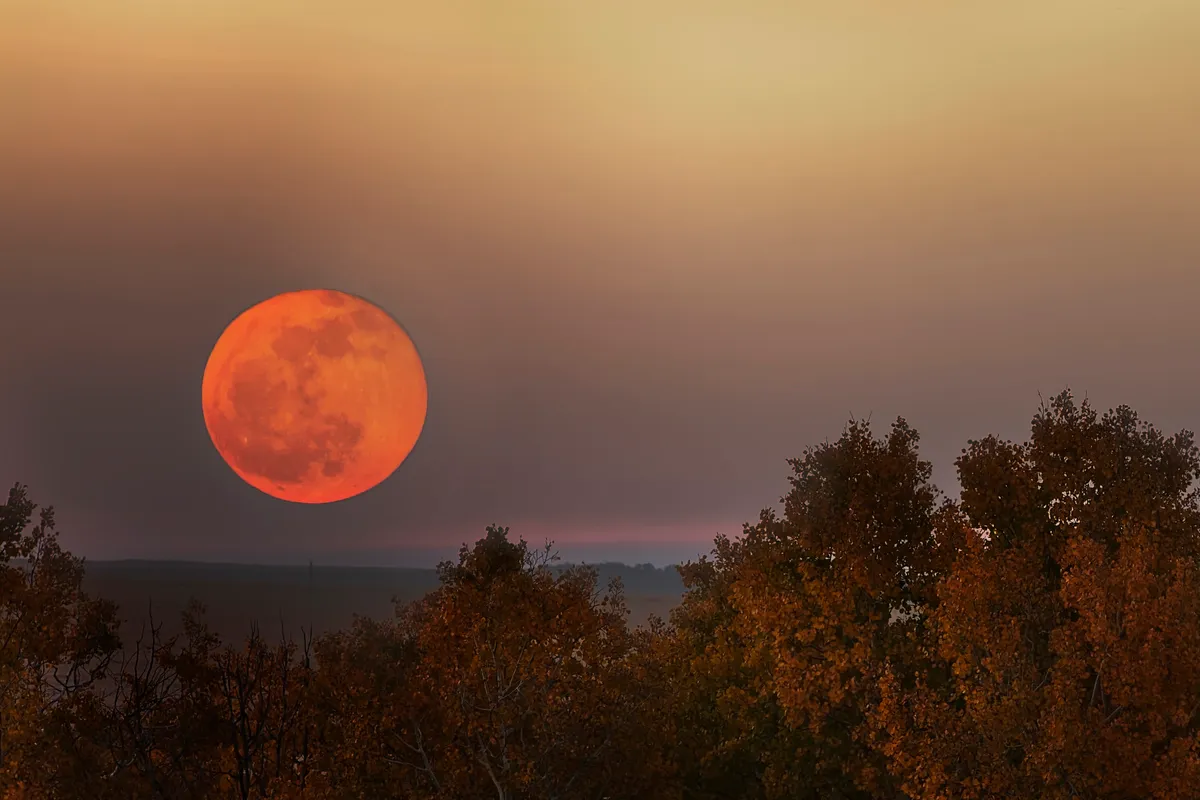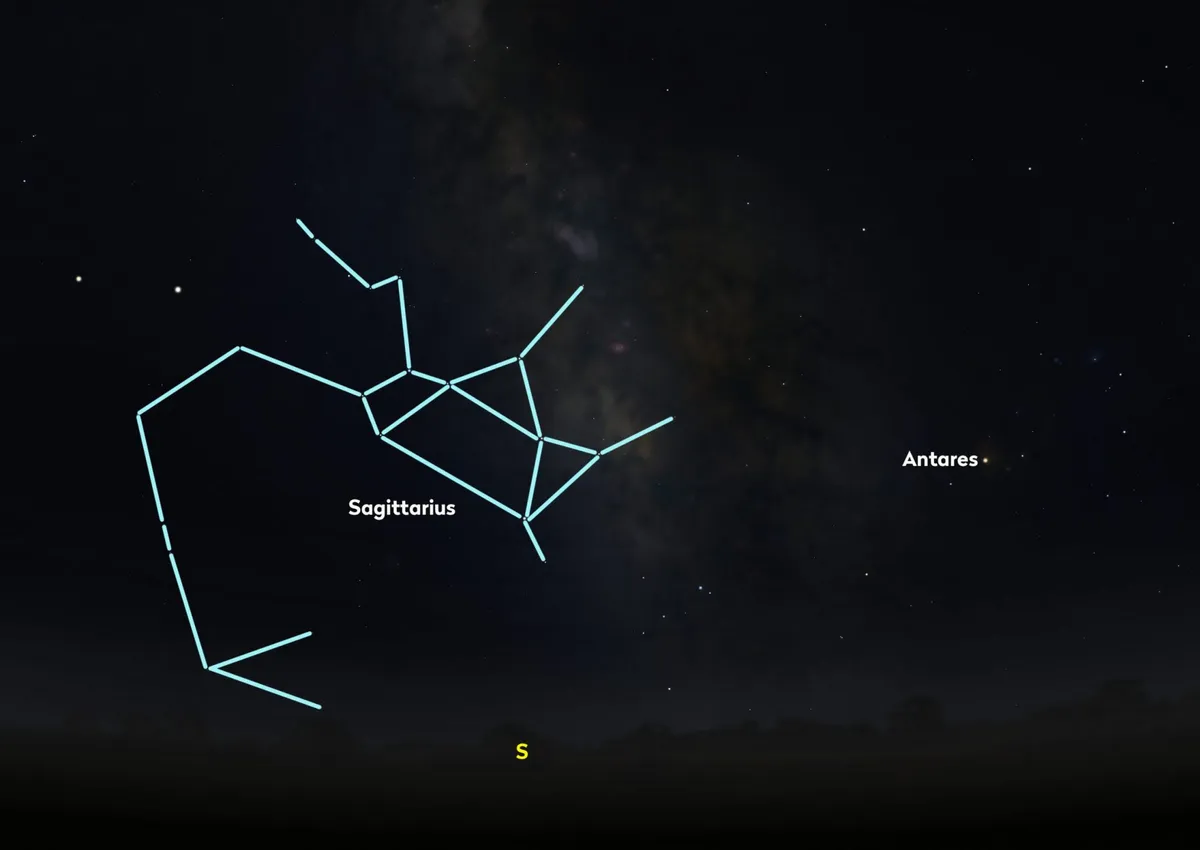The 2025 Buck Moon rises on 10 July, marking the seventh full Moon of the year, and as was the case with June's Strawberry Moon, it's going to be a low one!
Exact timing and position will depend on your location, but broadly speaking the Buck Moon will rise in the southeast from about 10pm local time.
And it really is a low Moon, because it's located in the horizon-grazing constellation Sagittarius, in the middle of a star pattern that's known as the Teapot.
Find out when the next full Moon is visible and sign up to the BBC Sky at Night Magazine e-newsletter for weekly stargazing advice delivered to your inbox.

What's so special about the Buck Moon?
On the face of it, there's nothing particularly special or distinctive about one month's full Moon compared to any other full Moon of the year.
Be it a supermoon or a 'micromoon', or any other defining feature of a particular full Moon, they all look largely the same.
It's the little things that make the difference, from one full Moon to the next.
Perhaps the full Moon you're looking at is close to a bright star. Perhaps it's low down to the horizon and so looks oddly huge, or slightly orange.

While the full Moon always just a regular full Moon, regardless of hype or whichever nickname it happens to have been given, the conditions under which we see it, and what's in the sky around it, can vary considerably from one to the next.
The Buck Moon is so-called because it's July's full Moon, and that's when male deers' – 'bucks' – antlers begin to grow.
And that's it. Nothing more than that. Don't expect the Moon itself to look vastly different just because it's called a Buck Moon.
What is worth noting about this full Moon, however, is that it will be right in the middle of an informal star pattern known as the Teapot.
Buck Moon and the Teapot, July 2025

The night sky is divided into 88 formally recognised constellations.
But beyond these formally recognised constellations, there are also informal star patterns that have become favourites among seasoned stargazers over the years.
Just as most nebulae seem to have a nickname of their own – ever noticed how so many nebulae seem to look like animals? – there are a few star patterns, known as asterisms, that are well-known among stargazers, even though not formally recognised.
The most famous example is probably the Plough, or Big Dipper, which isn't a constellation per se; rather a star pattern within the larger, formally-recognised constellation of Ursa Major.
And this month's Buck Moon will be right in the middle of one of those asterisms: the Teapot asterism within the constellation Sagittarius.

Like Sagittarius itself, the Teapot never really rises far above the horizon for those of us on more northerly latitudes of the Northern Hemisphere.
If you're in the UK, for example, the Teapot remains very close to the horizon, whenever it's visible.
But further south in the USA – Texas, for example – you'll see the Teapot and Sagittarius itself rise much higher in the sky.
However, on 10 July that bright full Moon will wash out many of the stars around it, meaning the Teapot may be tricky to see.
But now you know it's there, you can return to it later in the month and explore it fully when the Moon's out of the way.
There are lots of deep-sky objects in the Teapot asterism, and during the summer months, that region of the sky plays host to the bright core of the Milky Way.
Some even say the glittering band of the Milky Way looks like steam rising from the Teapot's spout!

Observing the Buck Moon
As for observing the Buck Moon – a full Moon – itself, opinion is divided.
Many astronomers and stargazers bemoan the sight of a full Moon because it washes out the rest of the sky around it.
That makes it difficult to see things like deep-sky objects, meteors and fainter stars.

Nevertheless, the sight of a bright full Moon is amazing in and of itself, and there are plenty of things to look out for, such as the Moon illusion.
Or whether the full Moon close to the horizon – as this one will be – appears slightly orange-coloured.
For more info, read our guide on how to make the most of a full Moon.
And read our guides on how to photograph a full Moon and how to photograph the Moon with a smartphone camera.
If you do manage to capture an image of the Buck Moon, let us know by emailing contactus@skyatnightmagazine.com
